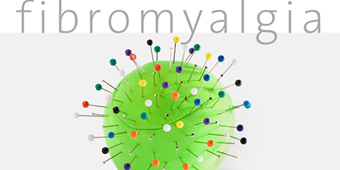Understanding Epicardial Fat

Answer a few questions and we'll provide you with a list of primary care providers that best fit your needs.
Epicardial fat is a deposit located just outside your heart, between the pericardium (the sac that surrounds your heart) and your heart. Under healthy circumstances, epicardial fat protects and supports your heart, enabling it to function normally.
Is Too Much Epicardial Fat Harmful?
Although everyone has some epicardial fat, says cardiologist Himad Khattak, MD, too much of it usually signals serious health conditions. “We don’t get concerned unless you have it in excess, more than five millimeters,” he explains. That’s about the size of an eraser on top of a pencil.
Researchers have found close associations between excessive epicardial fat and coronary artery disease. If you have coronary artery disease, your epicardial fat may become inflamed and develop plaque. It can reduce your heart’s ability to pump properly, says Dr. Khattak.
In addition to coronary artery disease, an excess of epicardial fat may also be associated with atrial fibrillation, obesity, high lipids, or diabetes.
One 2019 study indicated that knowing the volume of epicardial fat (along with your age, sex, symptoms, and coronary calcium score) improved doctors’ ability to determine the probability of your suffering from obstructive coronary artery disease. The information may help your doctor better manage chest pain.
How Is It Discovered?
You may have excess epicardial fat and not know it. “Typically we’ll notice it on an echocardiogram,” explains Dr. Khattak. “But it also can be found on a cardiac MRI or CAT scan.”
Can It Be Reduced?
If you have excessive epicardial fat, reducing it may also help you manage health conditions that are closely associated with it: coronary artery disease, diabetes, atrial fibrillation, high lipids.
“Exercise, weight loss, and some medications can help to reduce the amount of epicardial fat,” says Dr. Khattak. “I wouldn’t prescribe a statin or SGLT-2 inhibitor (used to lower blood sugar) for the sole purpose of reducing epicardial fat. But these medications, when prescribed for these other health conditions, have been shown to reduce epicardial fat.”
Answer a few questions and we'll provide you with a list of primary care providers that best fit your needs.
Source: National Institutes of Health; American Heart Association; “Circulation: Cardiovascular Imaging” Journal; Himad Khattak, MD, Middletown Cardiology Associates





